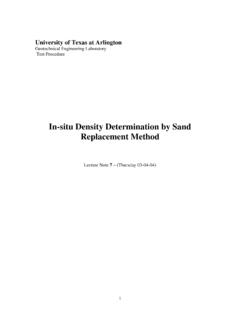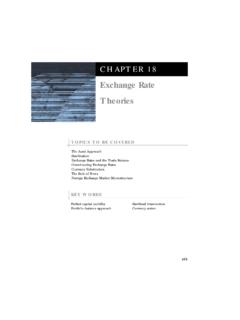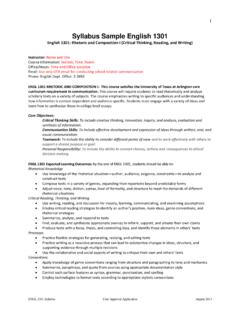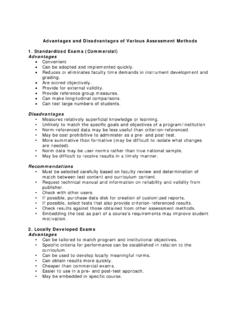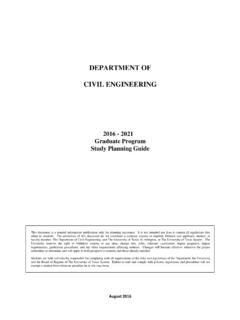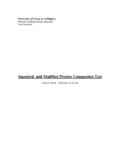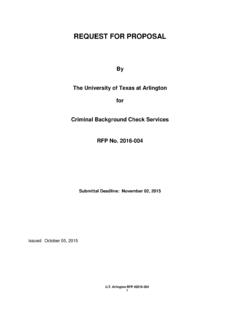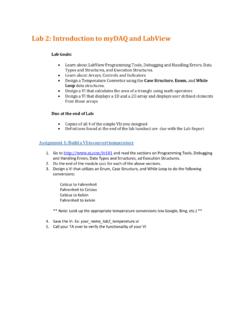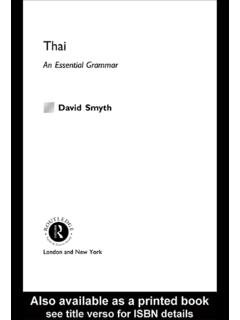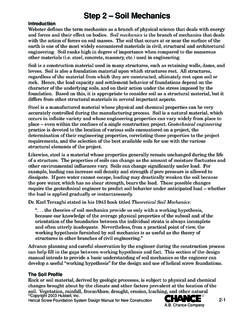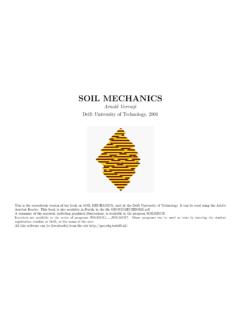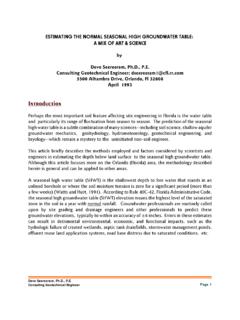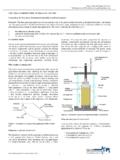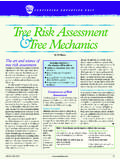Transcription of Unconfined Compressive Strength Test - UT …
1 University of Texas at Arlington Geotechnical Engineering Laboratory Unconfined Compressive Strength Test Lecture Notes # 9 Definitions, Objectives and Applications Objective To determine the Unconfined Compressive Strength (qu) of the soil Significance A quick test to obtain the shear Strength parameters of cohesive (fine grained) soils either in undisturbed or remolded state The test is not applicable to cohesionless or coarse grained soils The test is strain controlled and when the soil sample is loaded rapidly, the pore pressures (water within the soil ) undergo changes that do not have enough time to dissipate Hence the test is representative of soils in construction sites where the rate of construction is very fast and the pore waters do not have enough time to dissipate Applications The test results provide an estimate of the relative consistency of the soil as can be seen in Table 1. Almost used in all geotechnical engineering designs (eg.)
2 Design and stability analysis of foundations, retaining walls, slopes and embankments) to obtain a rough estimate of the soil Strength and viable construction techniques To determine Undrained Shear Strength or Undrained Cohesion (Su or Cu) = qu/2 Equipment Unconfined compression testing machine (Triaxial Machine) Specimen preparation equipment Sample extruder Balance Figure 1. Failure pattern typical of brittle specimens Table 1. Relative consistency as a function of Unconfined Compressive Strength Test Procedure Remolded specimens are prepared in the laboratory depending on the proctors data at the required molding water content (look for UCS test in the menu) If testing undisturbed specimens retrieved from the ground by various sampling techniques, trim the samples into regular triaxial specimen dimensions ( x ) There will be a significant variation in Strength of undisturbed and remolded samples Measure the diameter and length of the specimen to be tested If curing the sample (treated soils), wrap the samples in a geotextile and then a zip bag.
3 Place the sample in a humidity room maintained at a relative humidity of 90% Prior to testing, avoid any moisture loss in the sample, place on a triaxial base (acrylic). The ends of the sample are assumed to be frictionless The triaxial cell is placed above the sample and no confinement is applied The rate of strain is maintained at mm/min as per ASTM specifications The data acquisition system collects real time data and the test is stopped when there is a drop observed in the strain versus load plot Triaxial Setup Placing the specimen Placing the triaxial cell Real time data Interpretation of data for UCS test The test results are saved as an EXCEL sheet and contain the load (in kg-force) and strain in (mm). This section explains how to apply the area correction and interpret the test results Axial strain, aHHo = 100 Stress, cFA = where, icAA= 1 Ai is the initial area of the specimen ( ri2) Sample Data sheet from the test 1 2 3 4 5 6 7 8 9 Load, F (kg-f) Deformation (mm) Load Tarred H (mm) H (inches) Load, F (lb) vertical strain= H /Ho Corrected area, Ac Stress (psi)
4 6 0 6 0 6 0 8 2 10 4 10 4 12 6 14 8 17 11 19 13 19 13 21 15 23 17 Area correction is applied in the interpretation of the results as the cross section of the sample doesn t remain constant as the load is increased.
5 There will be an observed bulge at the middle of the specimen due to which it is almost presumptive to consider uniform stress through out the specimen length. However, the volume of the specimen is assumed constant. Columns 1 and 2 are obtained from the test results Column 3 = {Column 1 6 kg-f}. (Tarring the load and making it start from zero) Column 4 = {Column 2 m} (Tarring the deformation and starting it from zero) Column 5 = H in inches Column 6 = Load in lb Column 7 = Strain calculated from Ho Column 8 = Area correction from the above equation Column 9 = F/Ac Plot column 7 (on x-axis) against column 9 (y axis) Figure 2. Typical stress vs strain plot from a triaxial test Undrained Cohesion (Cu) or Undrained Shear Strength (Su) = qu/2 = = psi
